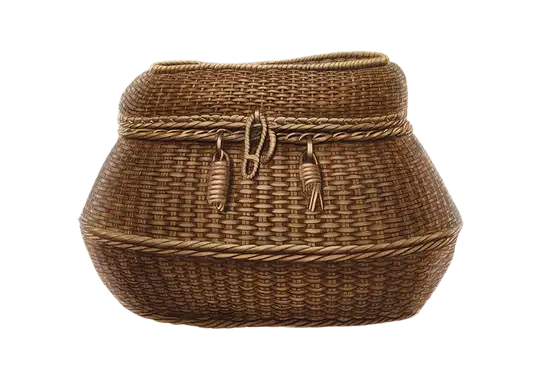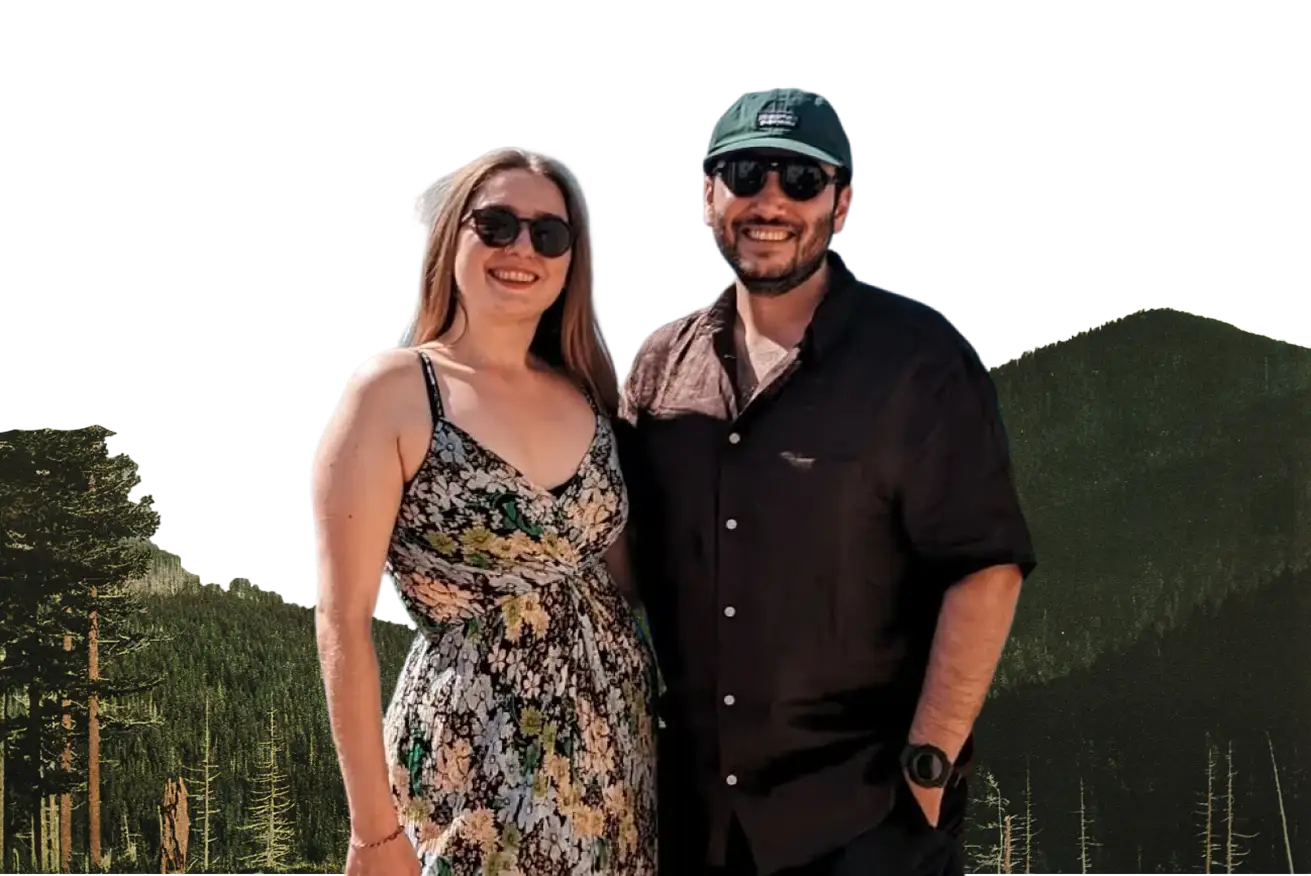Imagine not just roads, but vast networks of paths – the ancient "arteries" of the world – pulsing with life, commerce, and culture for thousands of years. For Southeast Anatolia (the Asian part of modern Turkey), these were not abstract lines on a map, but the very forces that shaped its historic cities into vibrant crossroads. While incredibly ancient sites like Göbeklitepe tell one amazing story of this region, another equally important narrative is found by tracing the legendary Silk Road and Spice Routes. These routes transformed Southeast Turkey into a vital land bridge, a place where East truly met West, and where the constant flow of people and ideas forged unique and lasting identities.
We had all heard of the Silk Road, of course. But it was only when we, Ola and Riza, were walking the stone-paved alleys of Mardin, or exploring the busy, winding bazaars of Gaziantep, that the sheer, tangible impact of these ancient connections became so clear.
It was obvious then that cities like Antakya (ancient Antioch), Mardin, and Gaziantep weren't just isolated places. They were crucial, living parts of a global system of exchange. Their unique characters were formed in the lively mix of constant human interaction, like metal shaped and strengthened in a blacksmith's fire. This is our exploration of how those ancient pathways of commerce didn't just carry goods like silk and spices, but also deeply shaped people, cities, and entire civilisations.
Roads of silk, spice, and ideas
When we talk about the "Silk Road," it’s helpful to imagine not one single road, but a huge, sprawling network of paths. These routes were active for a very long time, mainly from around the 2nd century BCE (Before Common Era) to the 15th century CE (Common Era), with some connections existing even earlier. They were like the circulatory system – the network of veins and arteries – for the ancient world. Yes, silk from China was a key product, giving the network its famous name, but just as important were the spices – pepper, cloves, cinnamon, nutmeg – that travelled from India and the islands of Southeast Asia (often called the Spice Islands). These spices completely changed the cooking and medicine of faraway cultures. Precious stones, beautiful glassware, well-made metal goods, the revolutionary invention of paper, and even things you can't touch but are very powerful – like philosophies, religions (such as Buddhism, Christianity, and Islam), scientific knowledge, artistic designs, and new technologies – all flowed along these routes in both directions.
Southeast Anatolia, then as now, held a very important geographical position. It was a rugged but crossable land bridge between the vast continent of Asia and the growing powers of Europe. It lay between the Black Sea to the north and the great Mesopotamian plains (the land between the Tigris and Euphrates rivers, mainly in modern Iraq) to the south. This made it an unavoidable and essential passageway. Cities here didn't just watch this flow of trade pass by; they actively took part. They became key places for rest, getting new supplies, and doing business.The success and wealth of these cities depended on the constant flow along these transcontinental (across continents) routes.
Buildings for meeting: Hans and bazaars – safe havens and busy hubs
This constant movement of people and goods needed a well-developed system of buildings and facilities – what we call infrastructure. Among the most important were the hans (a Turkish word) or caravanserais (a Persian word meaning something like "caravan palace"). These were much more than simple inns; they were like strong forts providing security and also acting as centres of commerce. They were cleverly designed for merchants travelling long distances. We remember stepping into the courtyard of the Deliller Hanı in Mardin. Usually, a strong stone gateway, often built to keep out bandits, would open into a large central courtyard. This open space, perhaps with a small area for prayer or a fountain, was the heart of the han. Here, camels were unloaded, and traders met. Around the courtyard, two-story buildings with arches housed stables for animals on the ground floor. The upper levels had rooms for merchants to stay and secure storerooms for their valuable goods.
These hans were like small, international cities. Within their walls, a merchant from Venice, in Italy, might bargain over the price of lapis lazuli (a blue gemstone) with a quiet trader from Samarkand (a historic city in Central Asia). An official from Cairo, in Egypt, could share news about royal affairs with a scholar on his way to the libraries of Persia (ancient Iran). Many languages were spoken, deals were made, and information – which was as valuable as any spice – was shared. Think of them like ancient versions of major international airports, where people from all over came together, but instead of planes, they had camels and horses!
From the relative quiet of the han, the merchant would go into the loud, lively atmosphere of the city's bazaar or çarşı (Turkish words for market). These were, and often still are, large, covered market areas, like a maze of narrow paths opening into small squares. Each section was often for a specific craft or type of goods. Here, the money made from international trade flowed into the local economy. It supported generations of artisans – people skilled in crafts like coppersmithing, silk weaving, leather working, and spice grinding. Their skills were often a mix of local traditions and techniques learned from other cultures.
The magic of exchange: Creating a blended identity
The longest-lasting effect of these trade routes is deeply present in the cultural makeup – the very "DNA" – of Southeast Turkey's cities. When goods and people move, ideas, beliefs, and customs travel with them, naturally mixing together to create something new and unique. This region became a true "melting pot," not in the sense that cultures disappeared, but rather that they formed layers, influencing each other, and making each other richer. This is stunningly clear in Mardin, where the city flows down a steep hillside, its buildings a beautiful, harmonious mix of honey-coloured limestone. Here, ancient Syriac Orthodox monasteries (the Syriac people are an ancient Christian group whose traditional language, Syriac, is related to Aramaic, the language Jesus likely spoke) stand close to historic mosques and elegant public buildings, all evidence of centuries of different communities – Kurds, Arabs, Syriacs, Turks – living together, each adding to the city's unique character as a trade hub.
Further west, Antakya, known in ancient times as Antioch-on-the-Orontes, was once a huge, shining city in the Roman Empire and a vital Mediterranean port for luxury goods from the East. Its magnificent Roman mosaics (pictures made from tiny coloured stones or glass), now housed in a world-class museum, show the great wealth and sophisticated, international society that grew from this trade, leaving a layer of classical Roman style upon which later cultures built. And Gaziantep, famous today as a UNESCO City of Gastronomy (meaning its food culture is globally recognised), owes its brilliant food to this history. Its kitchens are like lively laboratories where local Anatolian ingredients met exotic spices – pepper, cinnamon, cloves, cardamom – carried along the trade routes, alongside cooking techniques from Persia, Arabia, and the Levant (the lands along the eastern Mediterranean). Its famous baklava (a sweet pastry), its detailed copperware, and its delicate mother-of-pearl inlay work are not just crafts; they are living traditions, strong expressions of a heritage made rich by centuries of being a cultural crossroads. This mixing created a resilience, an ability to absorb new things and adapt, which allowed these communities to keep their own distinct identities while also being part of a larger, interconnected world. It wasn't always a perfectly smooth process – history rarely is – but the overall result was a richer, deeper culture.
The spirit of these ancient highways, though the camel caravans have long since vanished, still echoes in Southeast Turkey. Remembering their role offers an important perspective: that connection, exchange, and embracing diversity are not just historical facts, but timeless sources of human progress and cultural energy. The flow of exchange, though its methods may change, continues to shape our world.
Imagine not just roads, but vast networks of paths – the ancient "arteries" of the world – pulsing with life, commerce, and culture for thousands of years. For Southeast Anatolia (the Asian part of modern Turkey), these were not abstract lines on a map, but the very forces that shaped its historic cities into vibrant crossroads. While incredibly ancient sites like Göbeklitepe tell one amazing story of this region, another equally important narrative is found by tracing the legendary Silk Road and Spice Routes. These routes transformed Southeast Turkey into a vital land bridge, a place where East truly met West, and where the constant flow of people and ideas forged unique and lasting identities.
We had all heard of the Silk Road, of course. But it was only when we, Ola and Riza, were walking the stone-paved alleys of Mardin, or exploring the busy, winding bazaars of Gaziantep, that the sheer, tangible impact of these ancient connections became so clear. It was obvious then that cities like Antakya (ancient Antioch), Mardin, and Gaziantep weren't just isolated places. They were crucial, living parts of a global system of exchange. Their unique characters were formed in the lively mix of constant human interaction, like metal shaped and strengthened in a blacksmith's fire. This is our exploration of how those ancient pathways of commerce didn't just carry goods like silk and spices, but also deeply shaped people, cities, and entire civilisations.
.svg)




